When it comes to clean beauty, the term can be both confusing and subjective. If you have already done some research into this topic, you know that most posts or articles begin by acknowledging clean-beauty’s well-known lack of clarity. To help, this blog aims to demystify the term, along with providing some guidance about clean beauty benefits and choosing new products.
What is the definition of the term clean beauty?
Generally, clean beauty products are those that do not include potentially toxic or harmful ingredients in them. This definition often extends to production practices, environmental impact, and more. However (and this is the confusing part), clean beauty has no formal, regulated definition. So, the reality is that cleanliness can vary from company to company and consumer to consumer.
When you were a kid, did you ever think your room was clean but a friend or parent disagreed? Have you hosted a party and wished your house was cleaner? You may have similar experiences navigating the clean beauty landscape.
What are 5 potential characteristics of clean beauty products?
The list of characteristics below can help distinguish clean beauty products from others.
- Clean beauty products often prioritize labeling transparency through clear and detailed ingredient lists that do not include vague terms.
- The ingredients in these products are “safe” and “non-toxic.” Safe ingredients are thought to be less likely to cause inflammation, an allergic response, or sensitivities. Non-toxic ingredients do not include parabens, phthalates, sulfates, formaldehyde, and other chemicals that have been more consistently linked to health issues.
- In terms of production, clean beauty offerings are typically cruelty-free, meaning individual ingredients or complete products are not tested on animals.
- Cleanliness can also apply to environmental impact and sustainability, such as the ethical sourcing of ingredients and the use of biodegradable packaging.
- Finally, clean ingredients are typically plant-derived or sourced from nature, including extracts like rosemary leaf extract or oils including eucalyptus oil. They are also often minimally processed and may be certified organic or vegan (not animal-derived).
Again, the lack of regulation around clean beauty may mean that one clean beauty product prioritizes one or two of those components while another adheres to all of those parameters and has certifications from organizations like the Rainforest Alliance or Leaping Bunny.
What are the benefits of clean beauty products?
Ok, at this point, your mind may be swirling, but you hopefully have a better understanding of what you can expect, at least ideally, from a clean beauty product. Also, it’s important to remember that even small steps toward cleaner product use can have positive benefits to your physical, mental, emotional, and even spiritual well-being. Whether you want to clean up your beauty cabinet to better support your sensitive scalp or to align your purchasing power with your ethical approach, here are some of the many benefits to choosing clean beauty products:
- You’re less likely to suffer from negative ingredient interactions that could potentially harm your general health and wellness.
- Cruelty-free practices provide a greater sense of peace because they are more compassionate to and for all beings.
- You’ll know exactly what’s in the products you’re putting on your hair, face, or body. This means you can also do some of your own research to learn which ingredients work best for you or those you need to avoid.
- Clean products are reported to be gentler and thus better able to soothe, nourish, and hydrate the skin. This factor is particularly important for those with sensitive skin or particular skin concerns!
- Clean beauty gives you a better starting point for identifying and using products that mesh with your approach to your health and well-being.
How can I find the cleanest beauty products possible?
Whether you were already into clean beauty or feeling more convinced to give it a shot, you might still be wondering how to find the products that are actually as clean as you want them to be. The strategies below can help you determine if a product meets your personal cleanliness preferences.
- Review the brand’s mission statement. Does it align with its clean beauty claims?
- Do your own investigation of ingredient lists and the ingredients themselves.
- Look for recognized certifications and labels which indicate the achievement of set standards pertaining to responsible ingredient sourcing, sustainability, use of organic content, animal welfare, and social responsibility, such as USDA Organic, Fair Trade, Leaping Bunny, or B Corp.
- Take time to learn about common “greenwashing” or otherwise misleading information about product content.
- Familiarize yourself with local and independent producers, as they may offer even more transparency regarding the supply process and development practices.
- Educate yourself about shifts or issues in the clean beauty field by reading reputable articles and listening to informed discussions about sustainable beauty practices.
At its core, the desire for clean beauty products means that consumers are more aware of the products that they are using and want to know how their choices will impact their personal health, the environment, and more. Since the interest in clean beauty is so great, companies, like Divi, are also trying to be clear about their cleanliness. For example, Divi chooses ingredients with clean EWG scores and includes full ingredient lists on the online product pages and packaging. Furthermore, products like our Scalp Serum and our Hair Vitamins are vegan and certified as cruelty-free products by Leaping Bunny. At Divi, clean beauty matters to us because we care about your hair and scalp health, and we care about you.






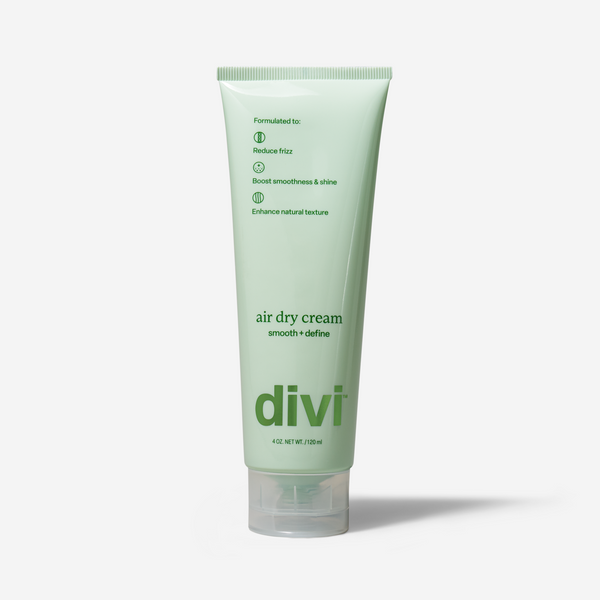
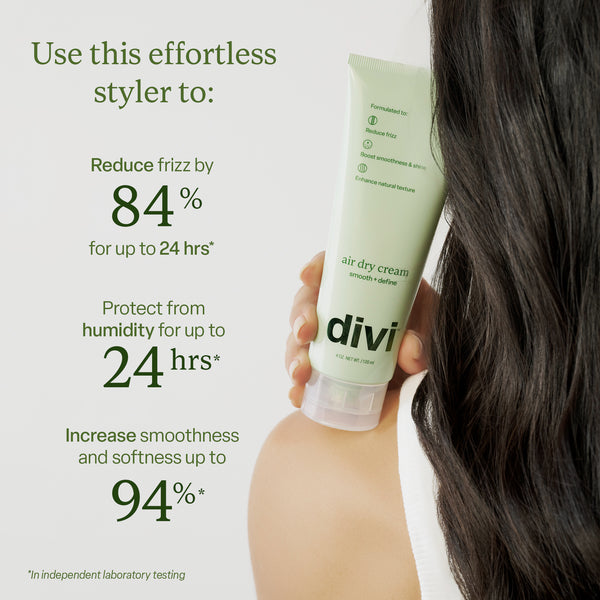
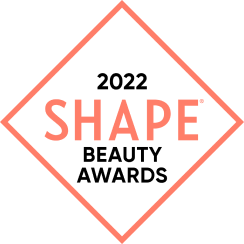
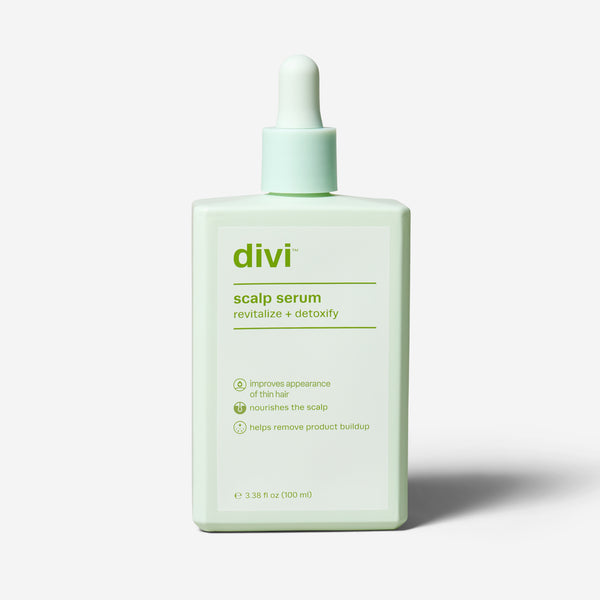

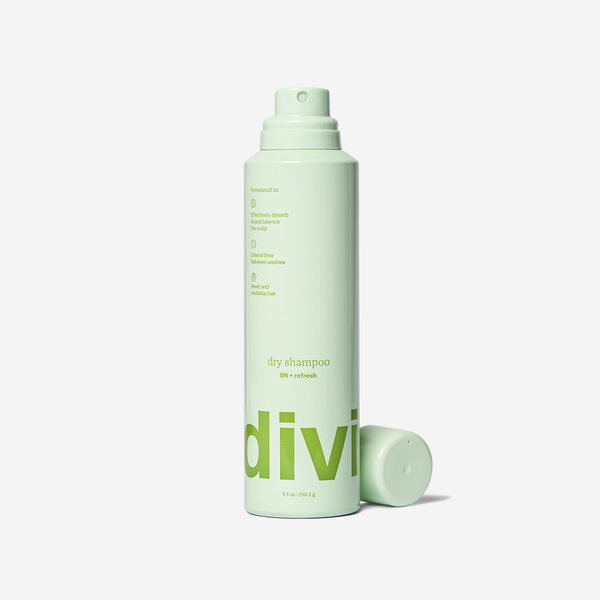

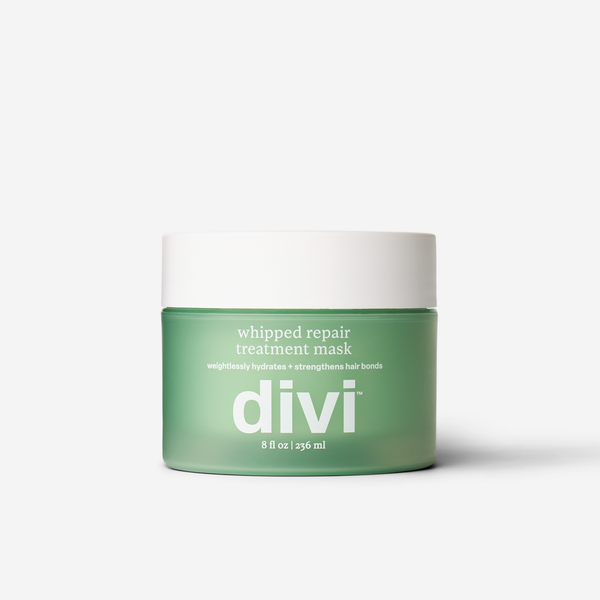
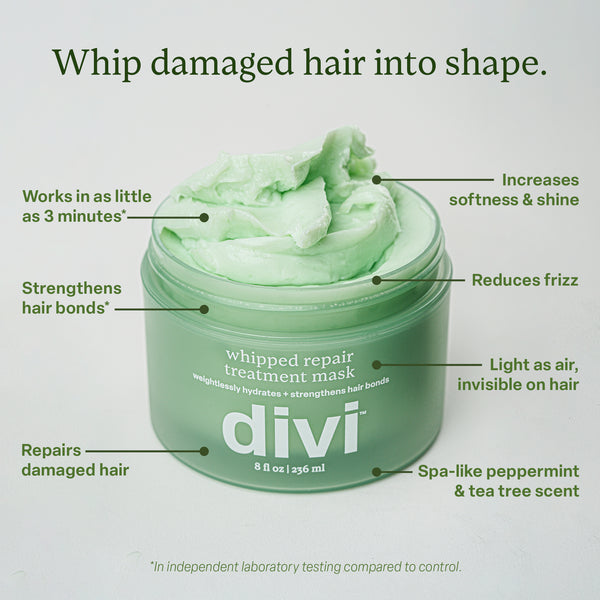
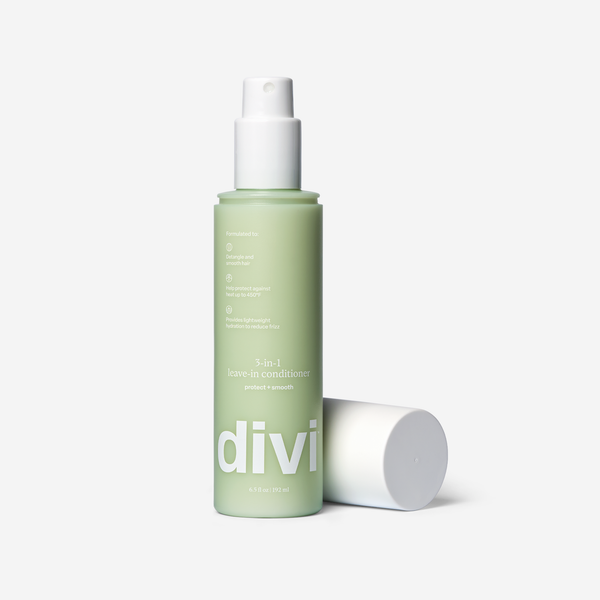

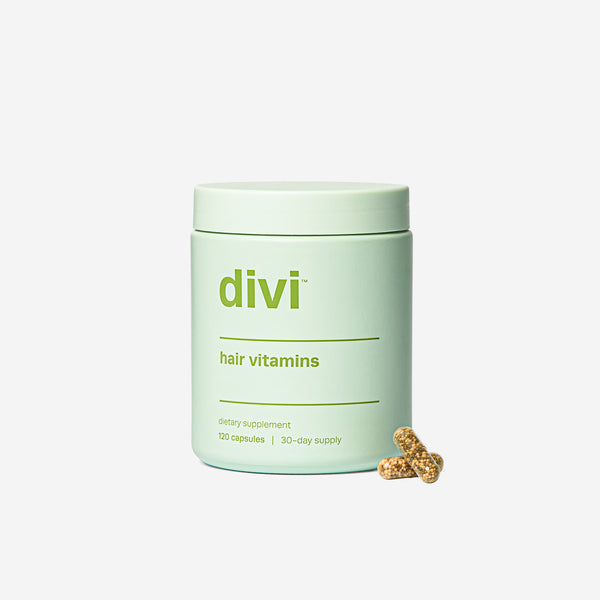
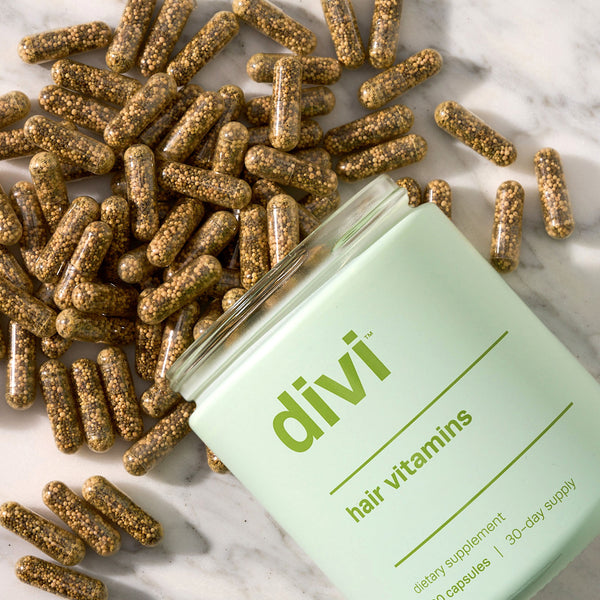
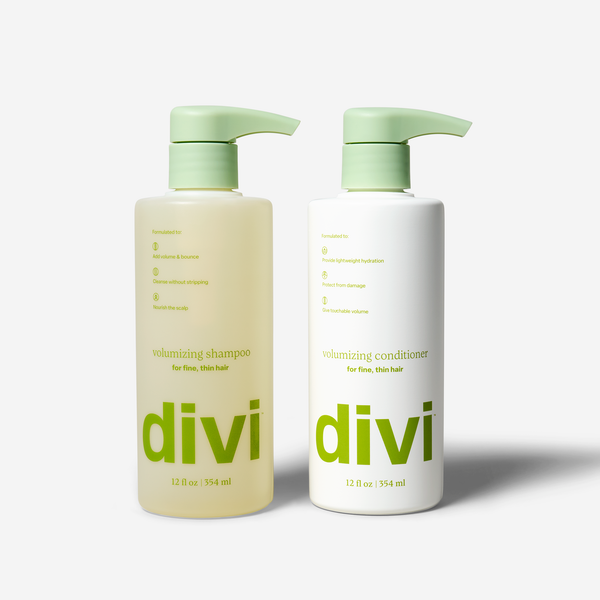





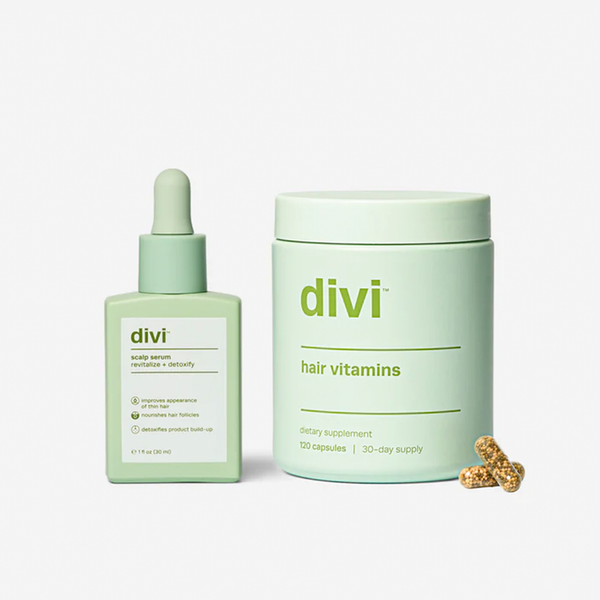
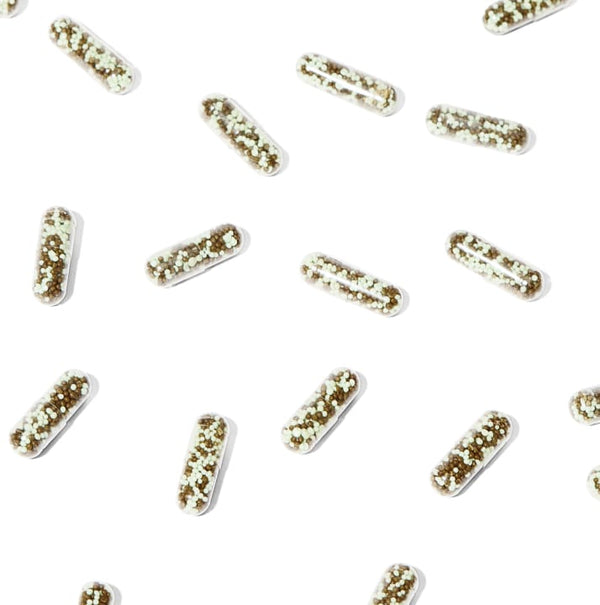
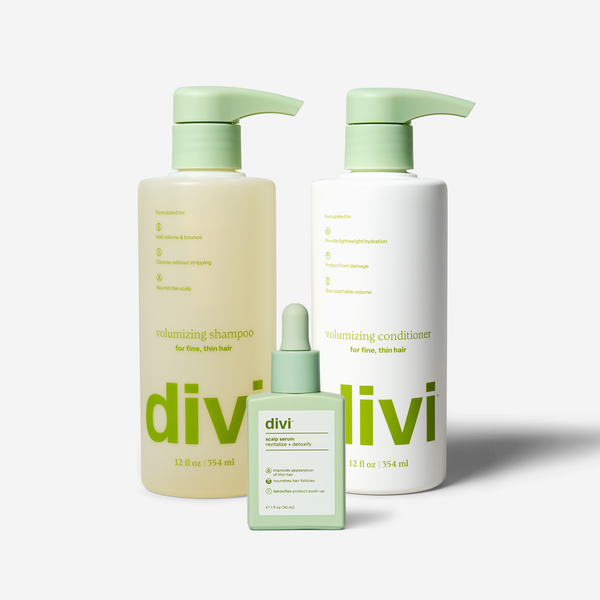
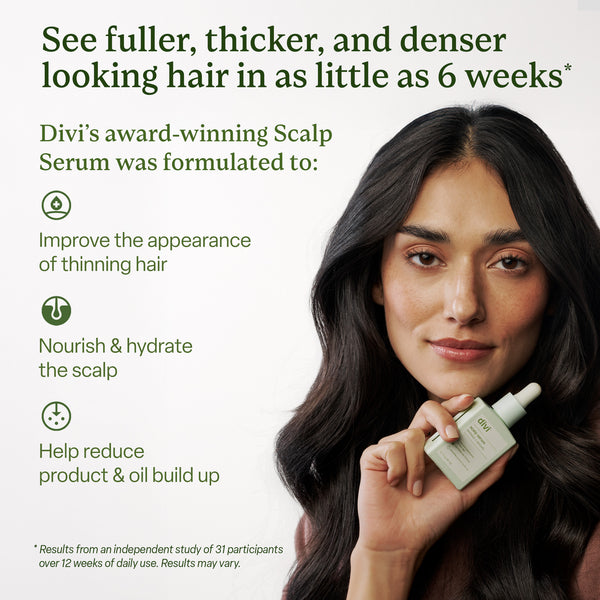


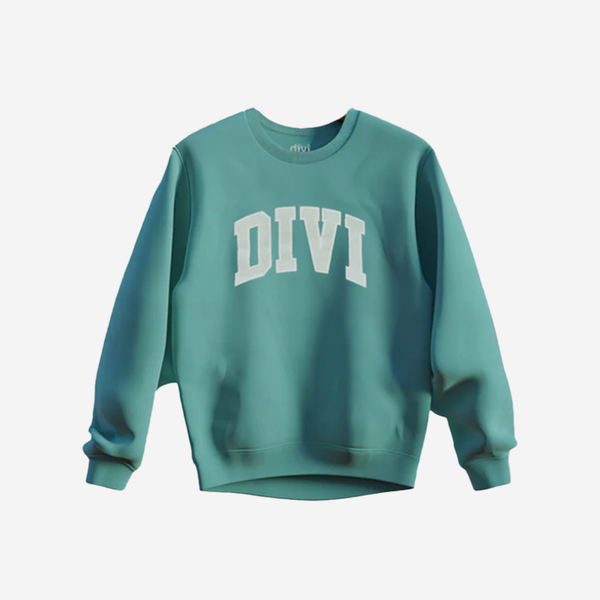
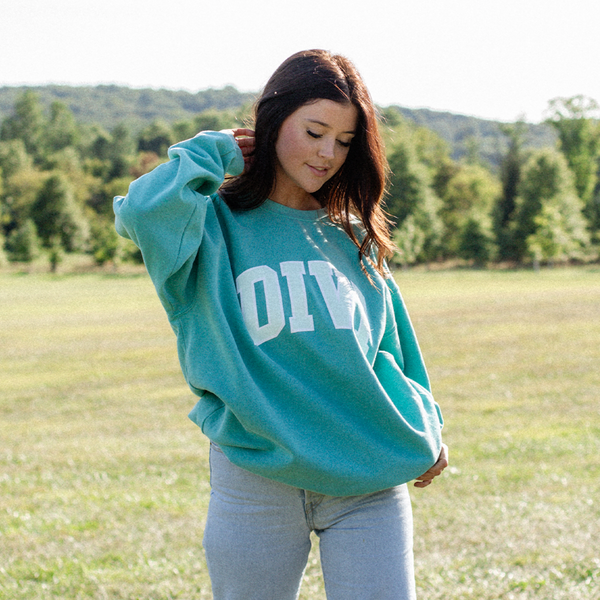




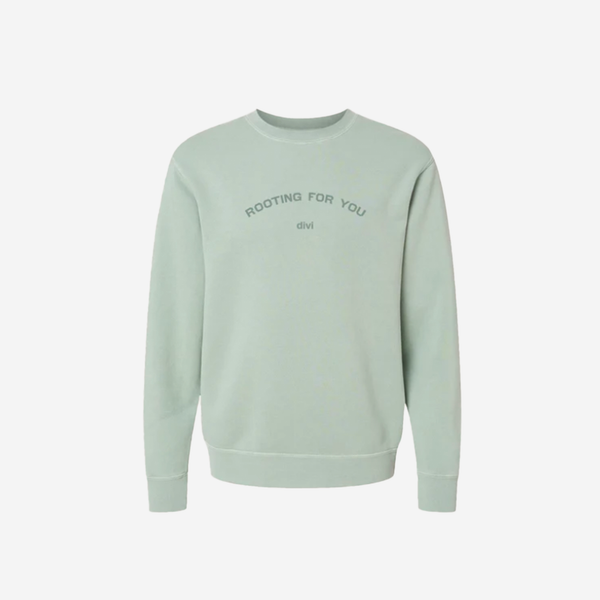
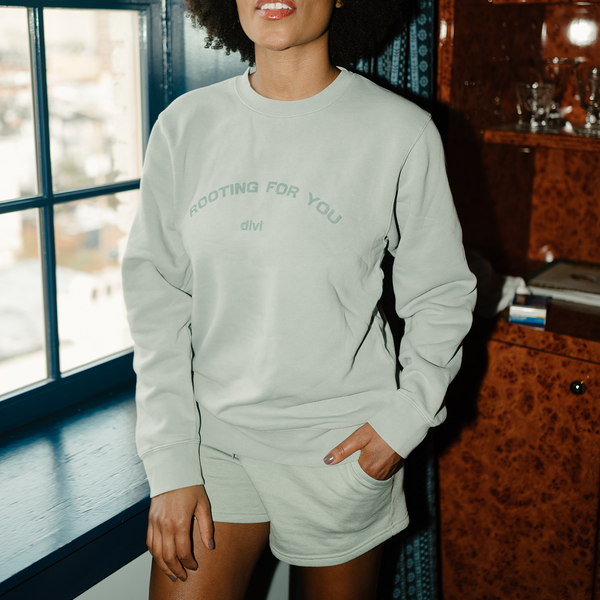

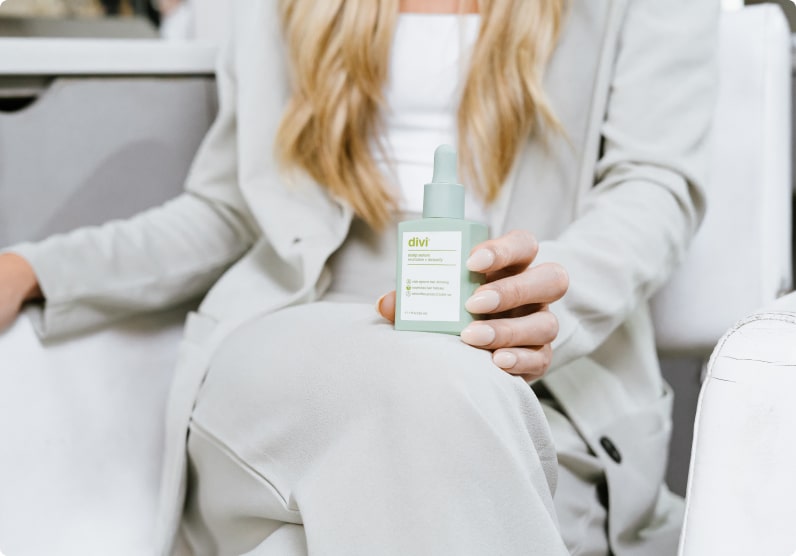






 30ml Scalp Serum
30ml Scalp Serum
 100ml Scalp Serum
100ml Scalp Serum
 Volumizing Shampoo
Volumizing Shampoo
 Hydrating Shampoo
Hydrating Shampoo
 Volumizing Conditioner
Volumizing Conditioner
 Hydrating Conditioner
Hydrating Conditioner
 3-in-1 Leave-In Conditioner
3-in-1 Leave-In Conditioner
 Best Sellers Bundle
Best Sellers Bundle
 Volumizing Starter Bundle
Volumizing Starter Bundle
 Hydrating Starter Bundle
Hydrating Starter Bundle
 The Healthy Hair Bundle
The Healthy Hair Bundle
 Hair Vitamins Trio
Hair Vitamins Trio
 Dry Shampoo
Dry Shampoo
 Hair Vitamins
Hair Vitamins
 Volumizing Shampoo & Conditioner
Volumizing Shampoo & Conditioner
 Travel-Sized Volume Duo
Travel-Sized Volume Duo
 Hydrating Shampoo & Conditioner
Hydrating Shampoo & Conditioner
 Travel-Sized Hydrating Duo
Travel-Sized Hydrating Duo
 Travel-Sized Dry Shampoo
Travel-Sized Dry Shampoo
 Travel-Sized Dry Shampoo Trio
Travel-Sized Dry Shampoo Trio
